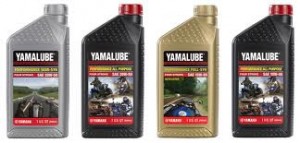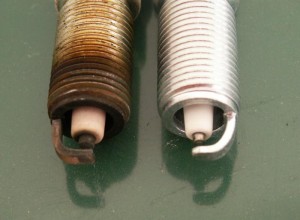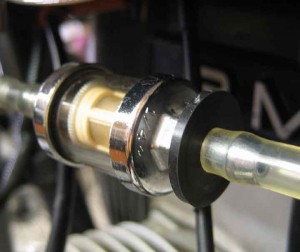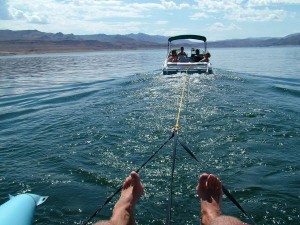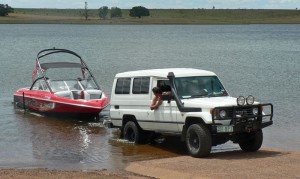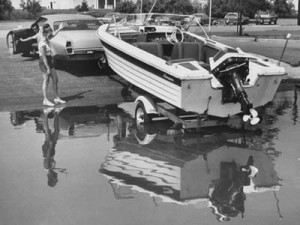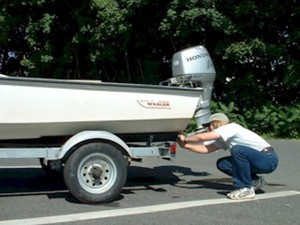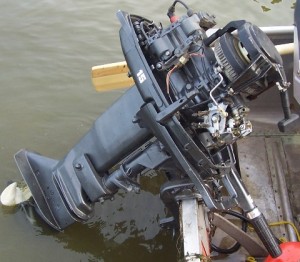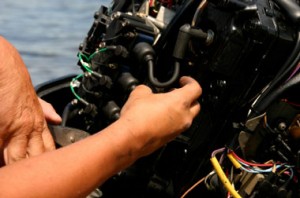How to Change Your ATV Oil: Part One
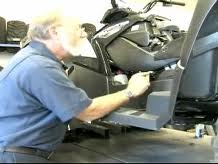 Like all vehicles, you need to change the oil in your ATV periodically to keep the engine running smoothly and prevent buildup. Since you will have to be dealing with the oil filter anyways, this is usually a good time to see if it needs to be replaced too. Before you begin, be sure that you have all of the necessary supplies with you. Here is a quick list of what to have at hand before you get started:
Like all vehicles, you need to change the oil in your ATV periodically to keep the engine running smoothly and prevent buildup. Since you will have to be dealing with the oil filter anyways, this is usually a good time to see if it needs to be replaced too. Before you begin, be sure that you have all of the necessary supplies with you. Here is a quick list of what to have at hand before you get started:
~Yamaha 2M or another leading oil
~Gloves
~Drain pan
~Funnel
~Extra oil filter
~Wrench
~Other necessary tools (varies by machine)
~Towels


